Luis Seabra & Story of Soil
Luis Seabra was born into a coffee farming family in Angola and returned to Portugal in the 1970s. Although he did not grow up in a winemaking environment, his father’s family is originally from Douro, which is where Luis has made his mark as a champion of terroir-driven winemaking. He studied viticulture at the university in Vila Real, in the Alto Douro region of northern Portugal, the crossroads between Douro and Tras-os-Montes. After graduation he spent some time as a teacher, but his boundless curiosity quickly led him to work in soil research and later for one of the large cooperatives in Vinho Verde. Most famously, Luis launched a revolutionary still wine program in 2004 while working with Dirk Niepoort, upending 300 years of tradition that kept Douro entrenched in the world of fortified wines, with very few exceptions.
For nearly two decades, Luis Seabra has been at the center of a cultural shift in Portuguese winemaking, leading a movement of young, independent winemakers making history by reclaiming historical vineyards, grape varieties, and techniques. After a celebrated career as a soil researcher in Vinho Verde, enology instructor, and producer of world-famous still wines in Douro, Seabra finally launched his own small winery in 2013, Luis Seabra Vinhos. His work is dedicated to proving that fresh, elegant, terroir-driven still wines can be made in this region, despite centuries of byzantine traditions that favor commodity growers, overripe fruit, and massive internationally owned wineries.
Compared to his neighbours, Seabra takes a “micro” approach, working with just 8 hectares total across three regions: Douro, Vinho Verde and Dao. Because of his experience working for a large cooperative in Vinho Verde, he has the unique ability to see that the vineyards desirable for uniform, commodity wines are the opposite of what he needs. Instead, he favours old—often extremely challenging! —vineyards to produce wines of character.


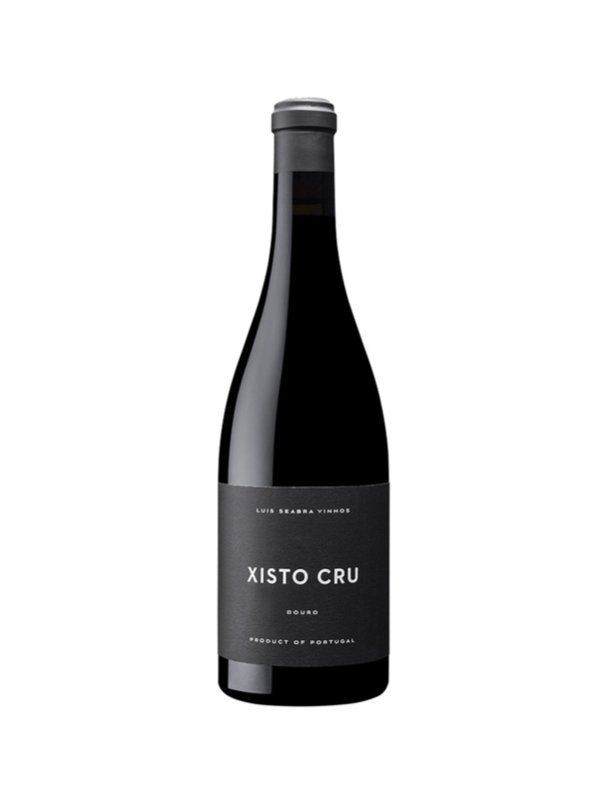
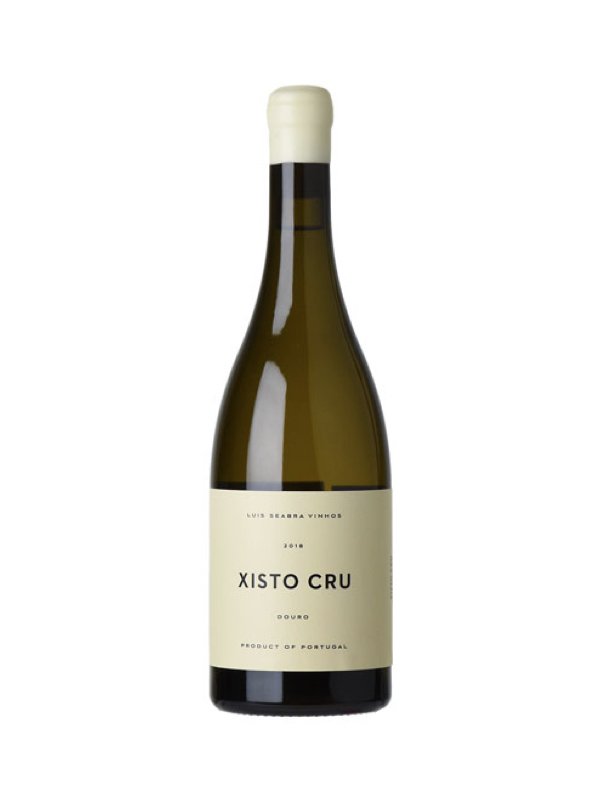
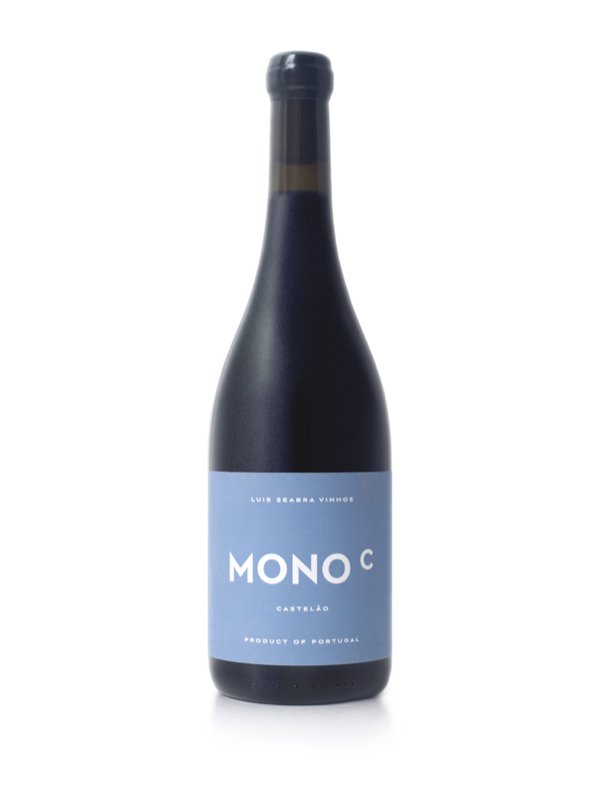
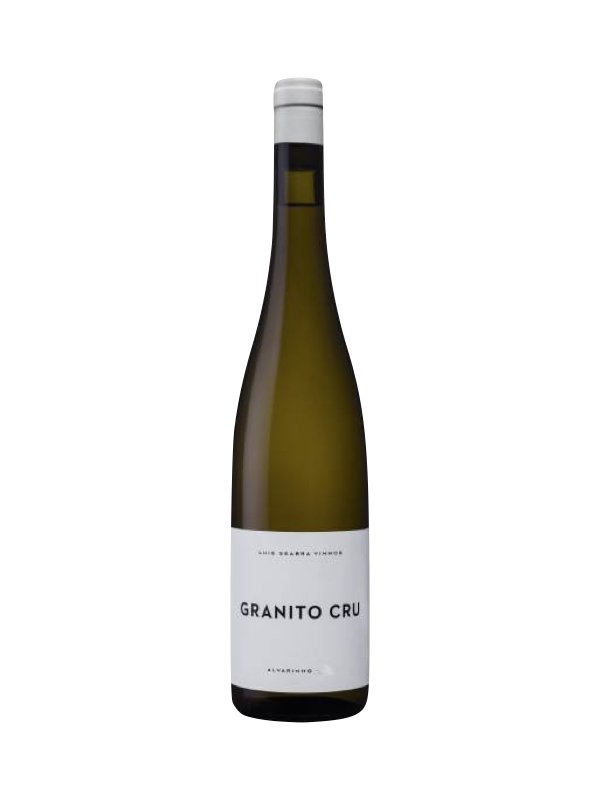
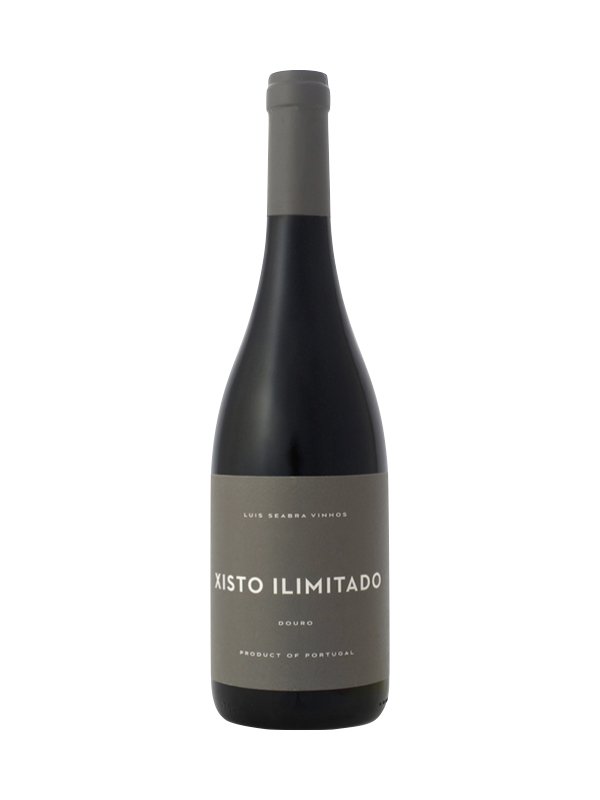
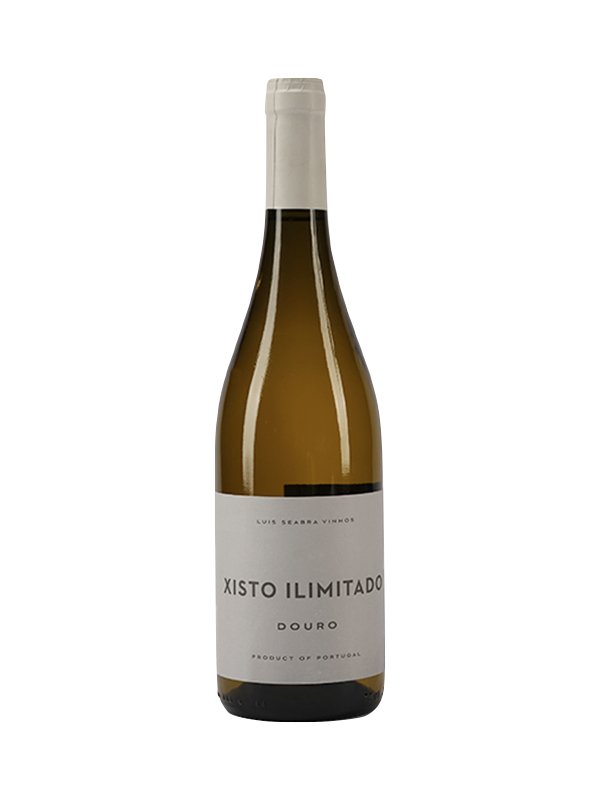
This is an eloquent red wine, exuding scents of ripe, dark berries complemented by hints of supple leather. On the palate, it reveals itself as vibrant, delectable, and impeccably structured. This wine boasts mature tannins alongside a balanced acidity. The finish is invigorating and enduring.
Rufete, Tinta Amarela, Tinta barroca, Tinta roriz, Touriga franca